Food is one of those things we think we know inside and out. We eat it daily, talk about it constantly, and let’s be honest—who hasn’t Googled whether eating past 8 p.m. really messes with your metabolism?
But here’s the thing: the food world is a tangled web of old wives’ tales, kitchen legends, and “I heard it from a guy who read it on the internet” facts.
Some of them sound too ridiculous to be true—others, weirdly believable. The result? We’ve all been duped by at least a few myths (yes, even you, Mr. “brown eggs are better”).
So let’s set the record straight. We’re busting nine common food myths that have long overstayed their welcome—and tossing in nine surprisingly true facts that sound fake but are absolutely real.
1. Microwaving Destroys All Nutrients in Food

If your microwave had feelings, it would be deeply offended by this one.
The idea that nuking your leftovers turns them into nutritional garbage just isn’t true. In fact, microwaving might actually be one of the best ways to preserve nutrients—especially when compared to boiling, which can leach vitamins into the water (and we all know you’re not sipping veggie water afterward).
Since microwaves cook quickly and use minimal liquid, vitamins like vitamin C—which are sensitive to heat and water—tend to survive better. So go ahead, reheat that quinoa or steam some broccoli. Your body isn’t going to cry for help just because you didn’t use a stovetop.
Trust us: your microwave is a tool, not a villain.
2. Carbs Make You Fat

Poor carbs—always the scapegoat of the diet world.
Truth is, carbohydrates are not inherently fattening. It’s the overconsumption of calories that leads to weight gain, and that can come from protein, fat, or carbs. In fact, many healthy, nutrient-rich foods are full of good carbs: think fruits, whole grains, beans, and veggies.
The real issue lies in the refined, ultra-processed carbs—like pastries, white bread, and sugary snacks—that lack fiber and cause blood sugar spikes. Those are the culprits that leave you feeling hungry five minutes later and ready to raid the pantry.
So next time someone side-eyes your bowl of oatmeal, kindly remind them it’s not the carb—it’s the context.
3. Brown Eggs Are Healthier Than White Eggs
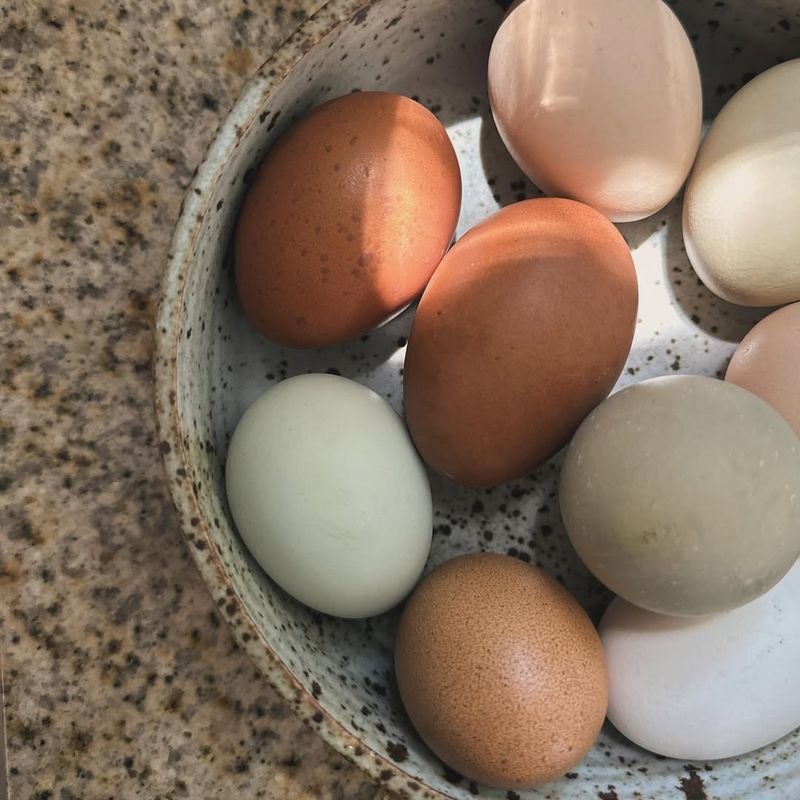
This one’s all about chicken genetics, not nutrition.
The reason brown eggs exist isn’t because they’re whole grain or “unbleached” or whatever healthy image we project onto them—it’s simply because certain breeds of chickens lay brown eggs. White-feathered chickens usually lay white eggs; red-feathered ones often lay brown.
Nutritionally? They’re virtually identical. Same protein, same fat, same yolky goodness. Sometimes brown eggs cost more, but that’s only because the hens that lay them tend to be bigger and eat more.
So unless you’re a chicken breed enthusiast, don’t worry too much about shell color. Your breakfast omelet doesn’t care, and neither should you.
4. Frozen Fruits and Veggies Are Less Nutritious Than Fresh Ones
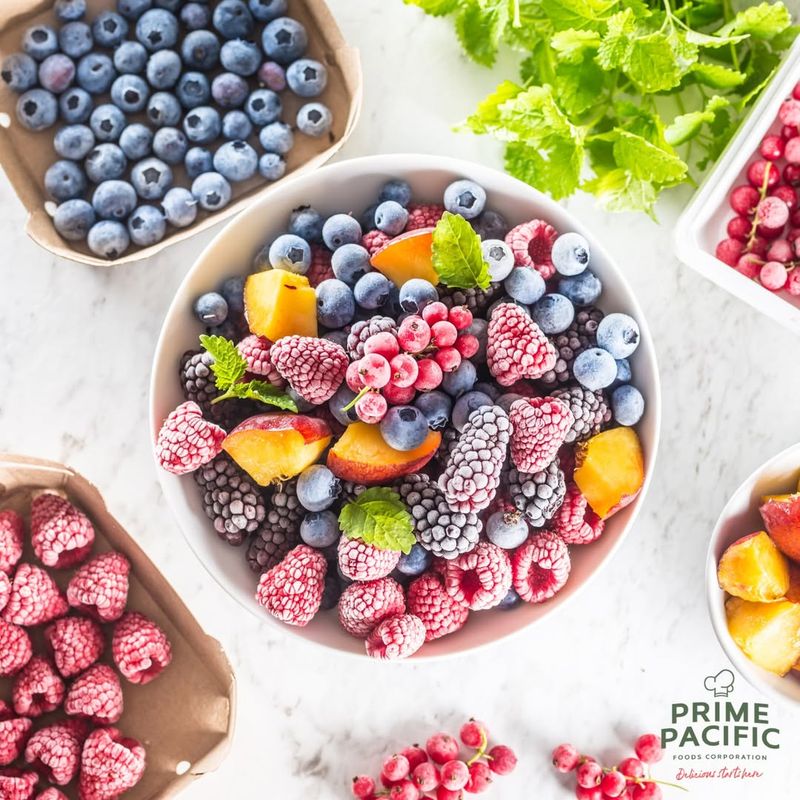
Fresh doesn’t always mean better—especially when your “fresh” produce has been riding in a truck for a week.
Frozen fruits and vegetables are picked at peak ripeness and flash-frozen within hours, locking in all those good-for-you vitamins and minerals. Compare that to fresh produce, which might be picked early (so it can ripen during transport), then spend days in shipping, storage, and grocery store displays before it hits your plate.
By the time you eat it, those nutrients could be fading fast.
So don’t let the freezer aisle intimidate you. Whether you’re making a smoothie, stir-fry, or soup, frozen produce can be just as nutritious—and in some cases, even more so—than its fresh counterparts.
5. You Must Drink 8 Glasses of Water a Day

Turns out, hydration isn’t a one-size-fits-all deal.
The infamous “8 glasses a day” rule has been passed around like the office water cooler gossip—but there’s no solid science that backs it up for everyone. Hydration needs depend on your body size, activity level, diet, and even the climate you live in.
Plus, you get a surprising amount of water from the foods you eat. Fruits, vegetables, soups, and even your morning coffee contribute to your daily intake. The human body is also smart enough to let you know when it needs more—it’s called thirst. Ever heard of it?
So yes, drink water, but don’t obsess over arbitrary numbers. Listen to your body instead.
6. Celery Burns More Calories Than It Contains
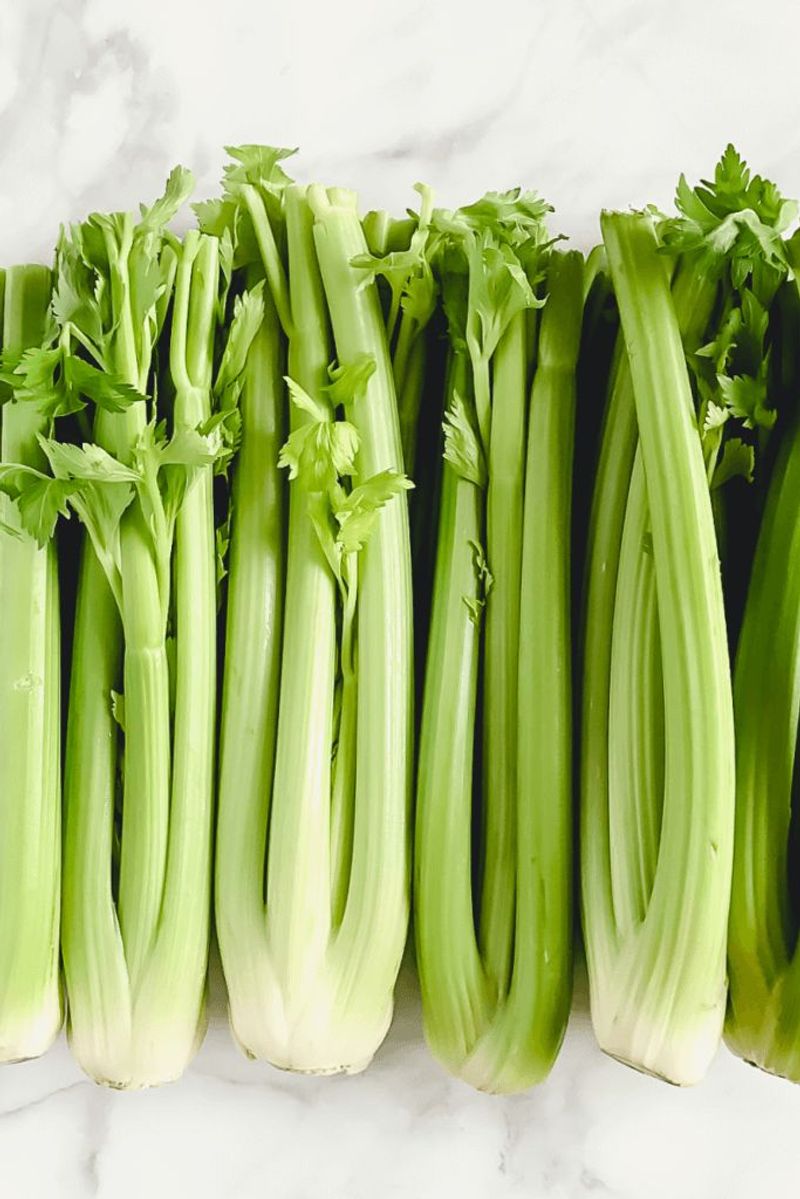
This one sounds like the holy grail of dieting… if only it were true.
The claim is that chewing and digesting celery burns more calories than the veggie contains, making it a “negative calorie” food. While it’s true that celery is super low in calories and high in fiber and water, your body isn’t working that hard to digest it.
You might burn a few calories chewing and processing it, but not enough to cancel out the 6 or so calories per stalk. Sorry, but you can’t crunch your way to abs just by snacking on celery sticks.
Still, it’s a great snack—just not a magical fat-melter.
7. You Should Avoid Eating Fat to Be Healthy
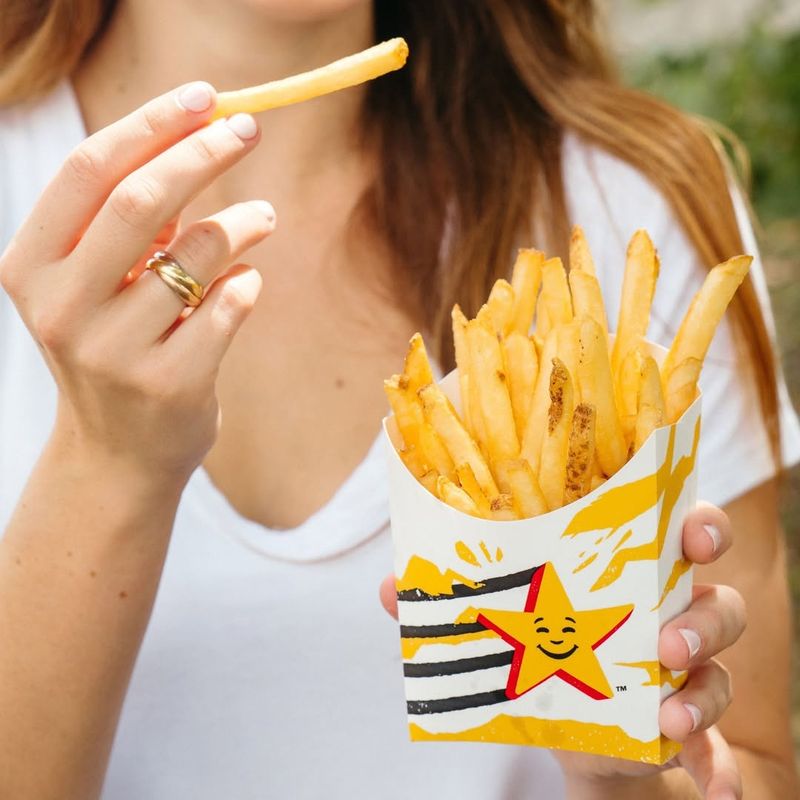
This myth needs to retire already—preferably with a tub of guacamole.
The fat-free craze of the ’90s convinced everyone that dietary fat equals body fat, but science has since given that idea a reality check. Your body needs fat to function. It helps absorb vitamins, keeps your skin glowing, and supports hormone production.
The key is eating the right kinds—think avocados, nuts, seeds, olive oil, and fatty fish. These healthy fats can actually support weight loss and heart health when consumed in moderation.
The real enemies? Trans fats and ultra-processed junk. So skip the fat-phobia and focus on balance.
8. Sugar Makes Kids Hyper

Cue every exhausted parent saying, “Wait, what??”
Despite the hype, study after study has shown that sugar doesn’t cause hyperactivity in children. What does get them bouncing off the walls? Exciting environments—like birthday parties, Halloween, or school events—where sugar happens to be present.
It’s a classic case of confusing correlation with causation. Parents who believe sugar makes their kids wild are more likely to notice (and report) rowdy behavior after sugary treats, but the sugar itself isn’t the culprit.
Blame the piñata, not the cupcake.
9. Organic Food Is Always More Nutritious
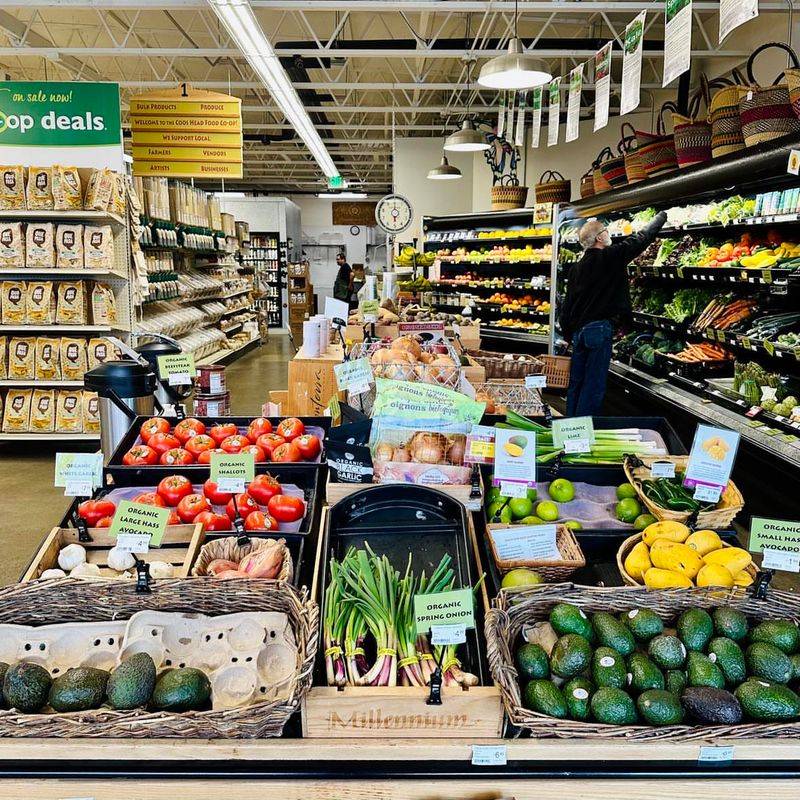
Spoiler: organic doesn’t mean “superfood.”
Organic food is grown without synthetic pesticides or genetically modified organisms, which is great for the environment and may reduce your exposure to certain chemicals. But when it comes to nutrition, organic and conventionally grown produce are usually neck and neck.
An organic apple won’t necessarily have more vitamins than a regular one. What matters more is eating the apple, regardless of how it was grown.
So go organic if it aligns with your values or you prefer the taste—but don’t assume you’re getting a major nutritional upgrade just because it says “organic” on the label.
1. Honey Never Spoils
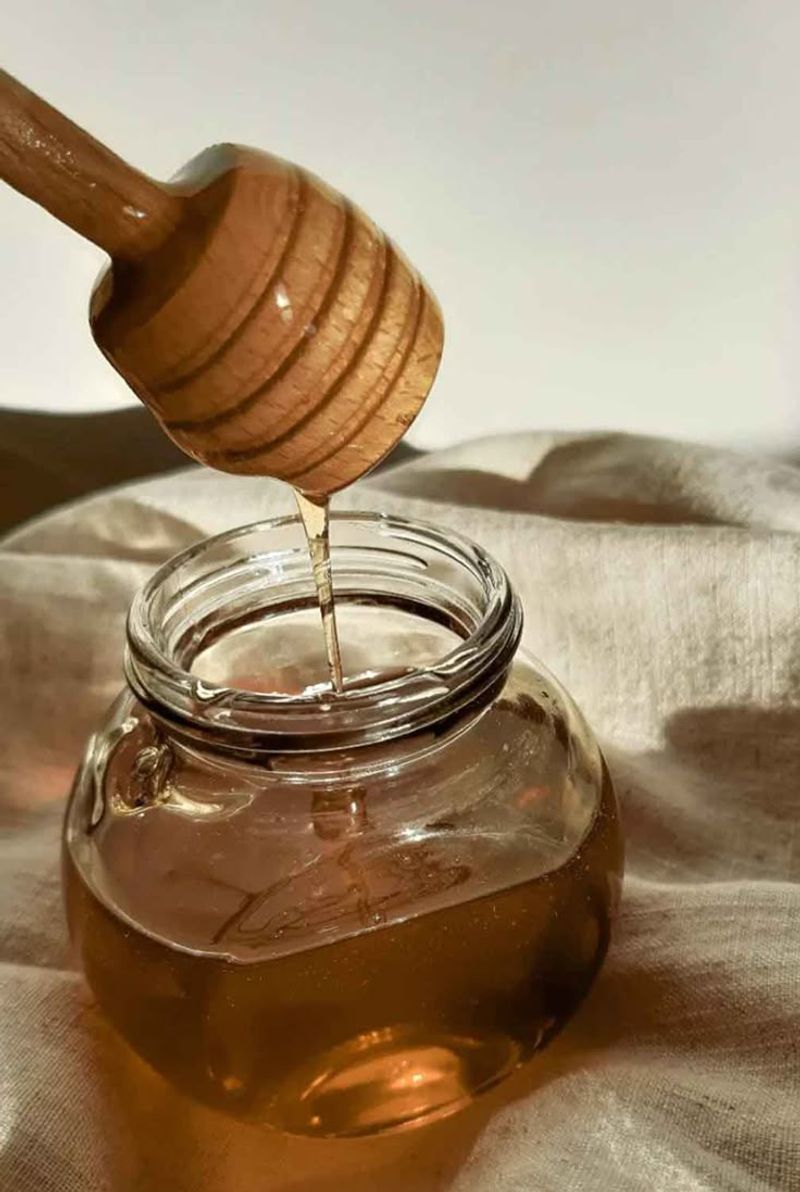
This sticky golden nectar is basically the immortal of the pantry world.
Thanks to its low moisture content, natural acidity, and powerful antibacterial properties, honey can last for thousands of years without going bad. Literally. Archaeologists discovered pots of honey in ancient Egyptian tombs that were still perfectly edible.
That’s because bacteria and microorganisms simply can’t survive in honey’s environment. If yours crystallizes or hardens over time, don’t toss it—just warm it gently and it’ll return to its gooey glory.
It’s nature’s sweet miracle—and possibly the most delicious food time capsule on Earth.
2. Cheese Is the Most Stolen Food in the World
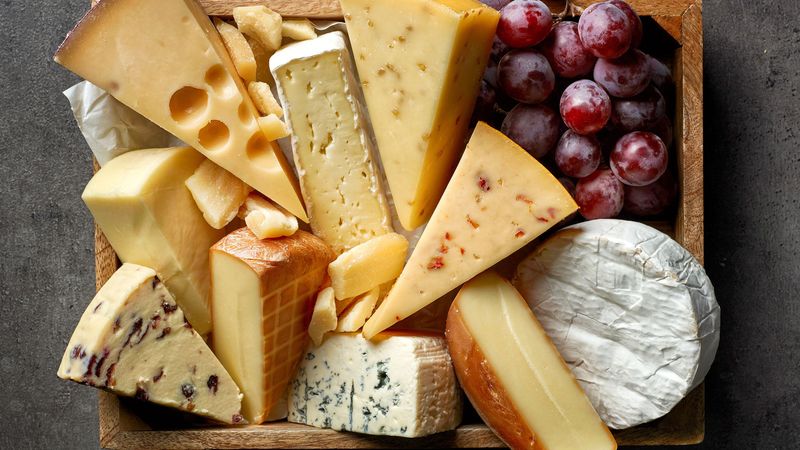
No, really—cheese crime is a thing.
Globally, about 4% of all cheese ends up stolen, according to retail theft studies. That makes it the most pilfered food item on the planet, surpassing chocolate, alcohol, and even meat. Some thieves go for the big wheels (literally), while others lift wedges from grocery stores like they’re pulling off a dairy heist.
Why? It’s pricey, portable, and let’s be honest—people love cheese. There’s even a black market for stolen cheese in some places. Who knew gouda could be so… gangster?
3. Peanuts Aren’t Nuts
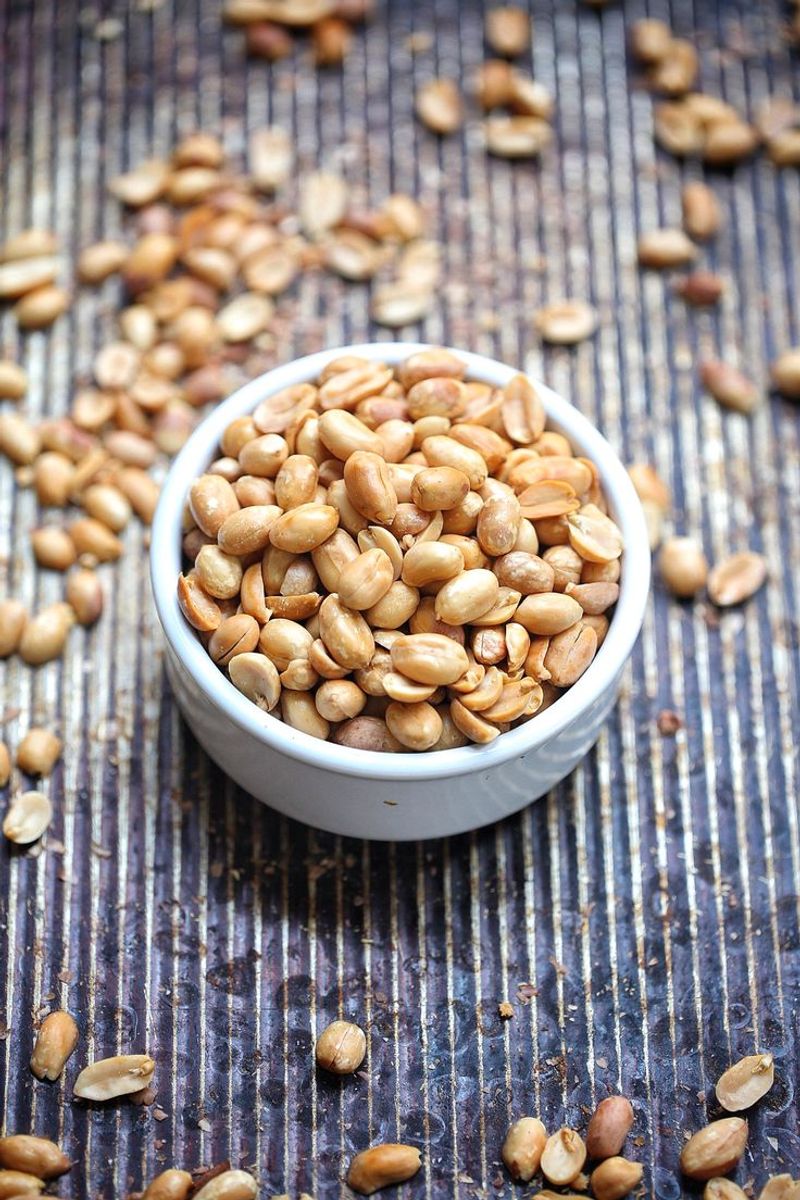
Brace yourself—this one may shake your snack-time reality.
Despite the name, peanuts are not actually nuts. They’re legumes, part of the same family as beans, lentils, and chickpeas. While true nuts like almonds and walnuts grow on trees, peanuts develop underground from a flower that dives into the soil after pollination.
So technically, your peanut butter obsession is more “bean paste” than nut spread (but let’s not call it that—please).
Still tasty, still full of protein, just botanically misleading.
4. Bananas Are Berries, but Strawberries Aren’t
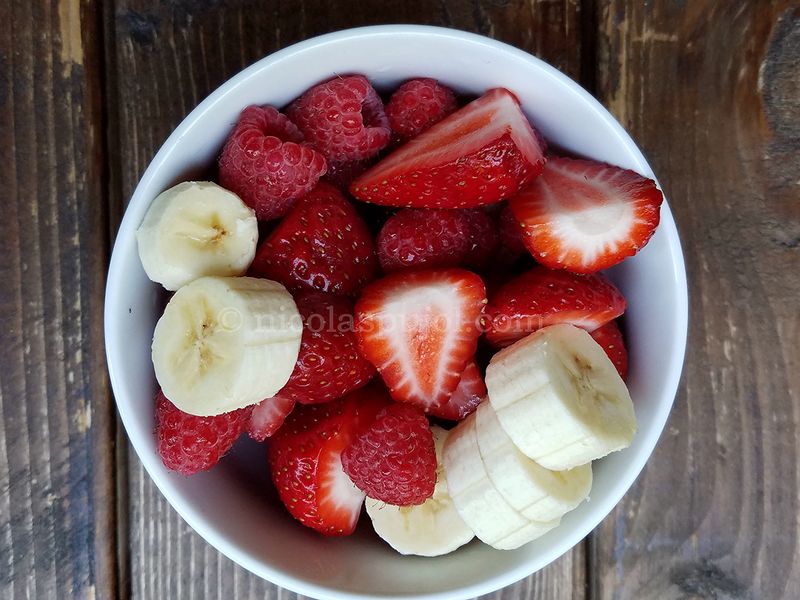
The fruit world has no chill when it comes to definitions.
According to botanical standards, a berry is a fruit that comes from one flower with one ovary and has multiple seeds inside. That means bananas qualify, since they grow from a single flower and contain tiny seeds.
Strawberries, on the other hand, come from a flower with multiple ovaries and have their seeds on the outside—making them imposters in the berry world.
So next time you’re tossing berries into your smoothie, just know: bananas are crashing the party legitimately.
5. Carrots Don’t Actually Improve Night Vision
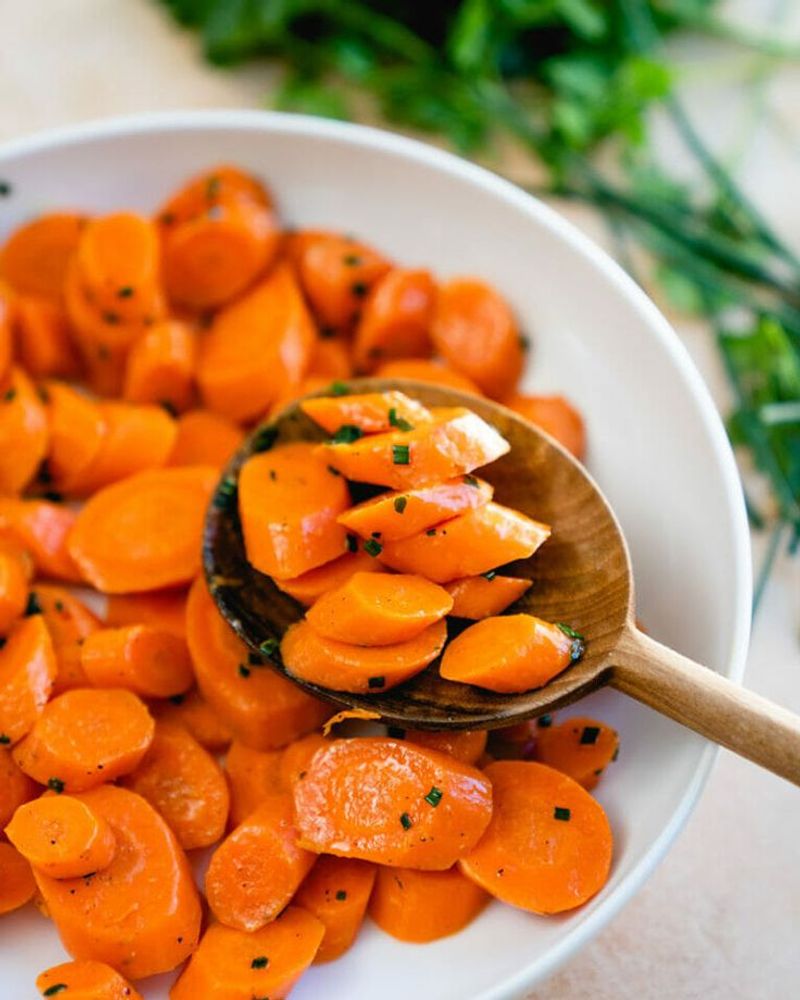
Turns out, your grandma might’ve been repeating World War II propaganda.
The myth that carrots give you night vision wasn’t born out of nutrition science—it was a clever ruse by the British Royal Air Force. They wanted to keep their radar technology a secret and credited their pilots’ incredible nighttime accuracy to a steady diet of carrots.
Carrots do contain beta-carotene, which your body converts into vitamin A—a nutrient important for eye health. But munching on a dozen won’t turn you into Batman.
So yes, they’re good for your eyes… but you’ll still need a flashlight in the dark.
6. Apples Float Because They’re 25% Air
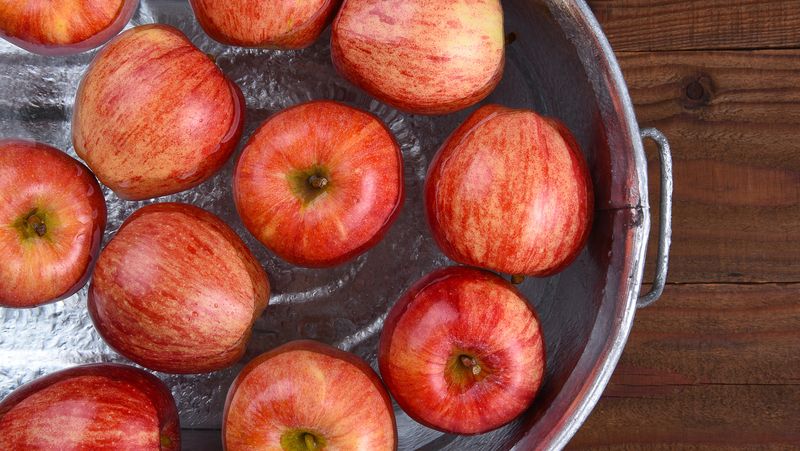
Ever wonder why apples bob so well in a tub of water? It’s not magic—it’s air.
The structure of an apple contains countless tiny air pockets that make up about 25% of its volume. This buoyancy is exactly why apple bobbing is possible. Drop one in a bucket and it’ll bounce back up like a little fruity life raft.
That airy composition also gives apples their satisfying crunch. Every bite is like a tiny explosion of juiciness and texture, courtesy of good ol’ plant physics.
Who knew fall games were secretly based on science?
7. Cranberries Bounce When They’re Ripe
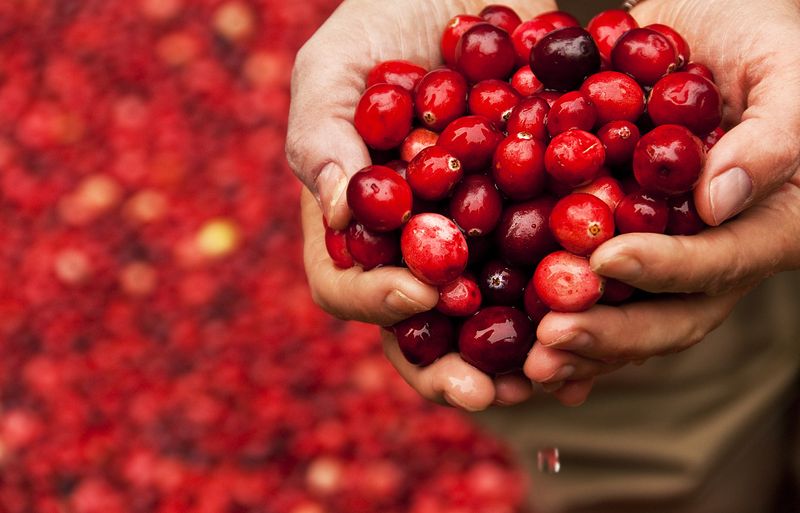
Forget taste tests—cranberries have their own quirky bounce test.
When they’re fully ripe and ready to harvest, cranberries actually bounce. Farmers discovered this centuries ago and began using it as a low-tech, surprisingly reliable quality check.
In fact, there’s even a special machine called a “bounce board separator” that sorts out the firm, ripe berries from the soft or overripe ones by literally bouncing them.
So if you ever find yourself wondering if your cranberries are the real deal, just drop one on the counter and see if it jumps. Nature’s quality control at its finest.
8. Coconut Water Can Be Used as an IV Drip in Emergencies
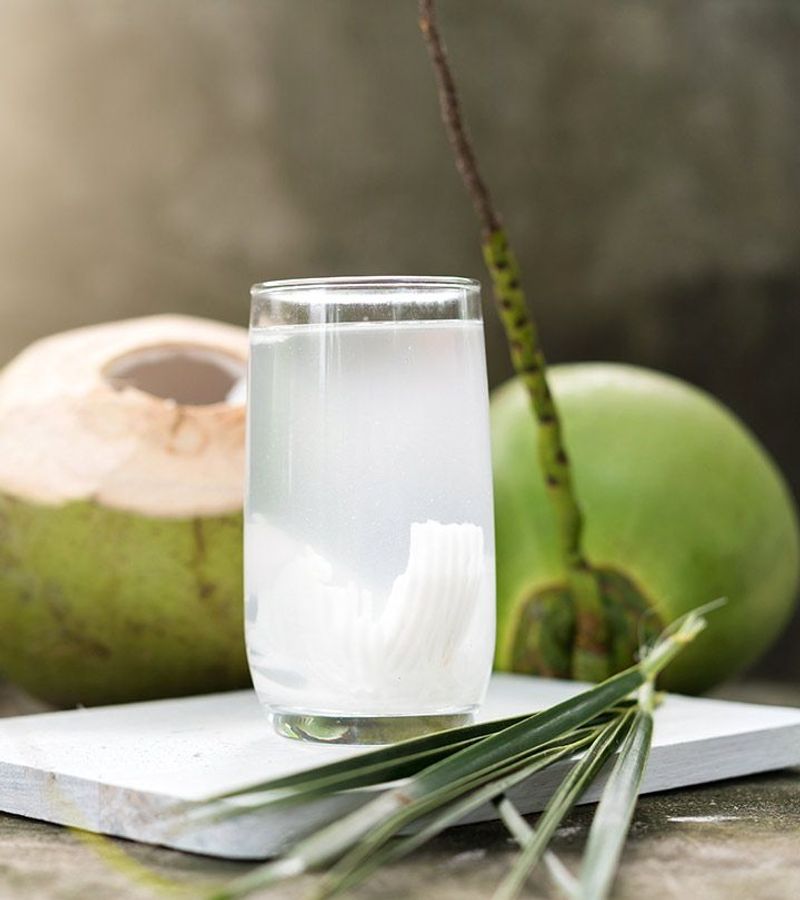
This tropical drink once saved lives in a pinch.
During World War II and in remote areas where medical supplies were limited, coconut water was used as a short-term intravenous hydration fluid. It’s naturally sterile inside the shell and contains electrolytes similar to human plasma.
Now, no doctor today would routinely recommend this, but in dire, resource-scarce moments, it worked. That’s next-level hydration—and just one more reason to love this beachy beverage.
So yes, it’s not just a hangover cure or smoothie base—it’s also had a medical cameo.
9. Eating Too Many Nutmeg Can Cause Hallucinations
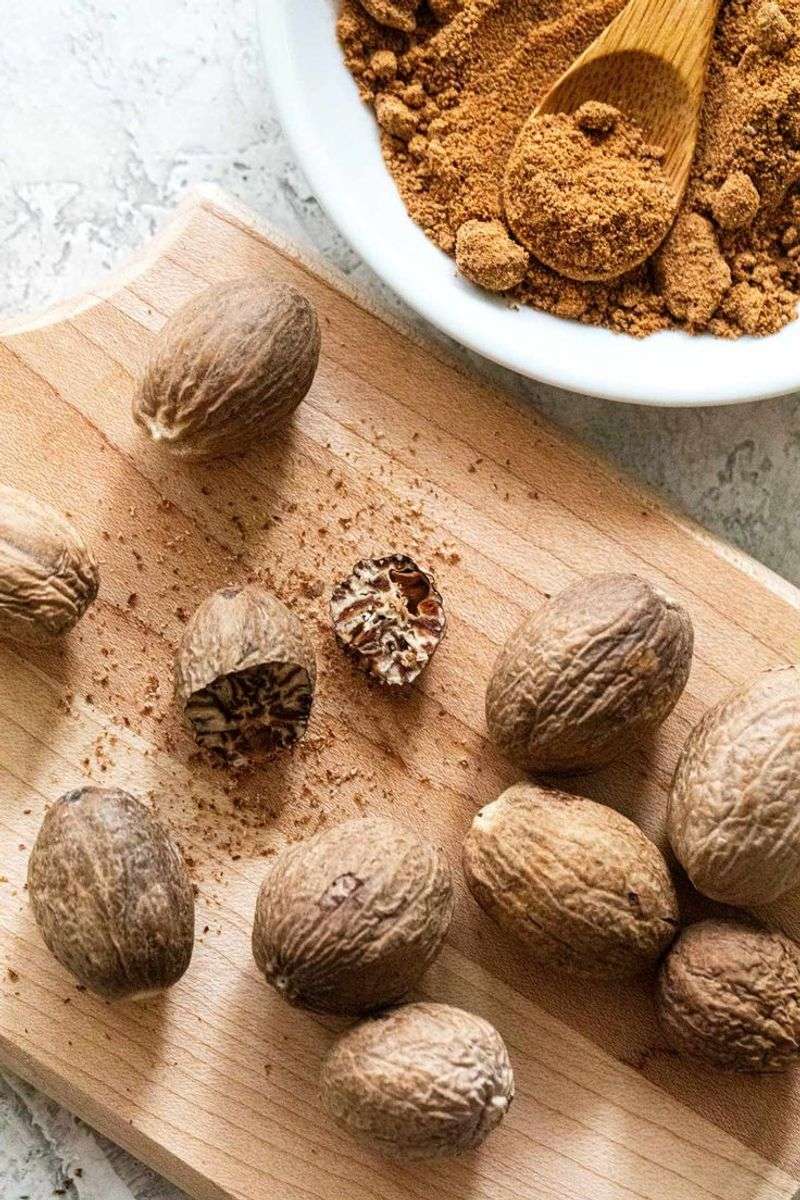
That innocent spice in your holiday eggnog? It has a wild side.
Nutmeg contains a compound called myristicin, which in high doses can affect your nervous system and trigger hallucinations, nausea, and even heart palpitations. It takes a lot—like multiple tablespoons—but it has happened. Some curious teens have tried it (do not recommend), and wound up with some not-so-festive consequences.
Used properly, nutmeg adds lovely warmth and depth to sweet and savory dishes. But treat it with respect—it’s a spice, not a recreational substance.
Seriously, keep it in the pie, not the party.
Leave a comment